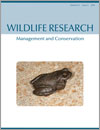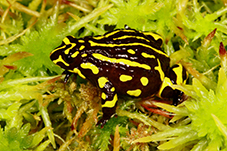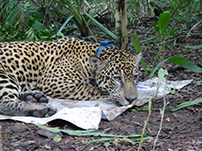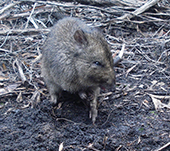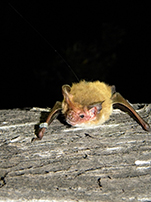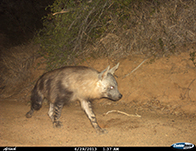WR15053Successional changes in feeding activity by threatened cockatoos in revegetated mine sites
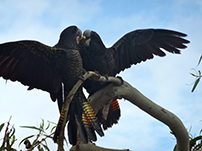
Threatened cockatoos in the jarrah forest of Western Australia have a wide range, so their conservation requires support from all land tenures, not just reserves. We surveyed cockatoo feeding activity in revegetation at three mine sites and found that the food species used by cockatoos changed with revegetation age. Monitoring fauna recolonisation over appropriate time scales is essential to understanding how successional processes influence population persistence of fauna in production landscapes. Photograph by Tim Doherty.


